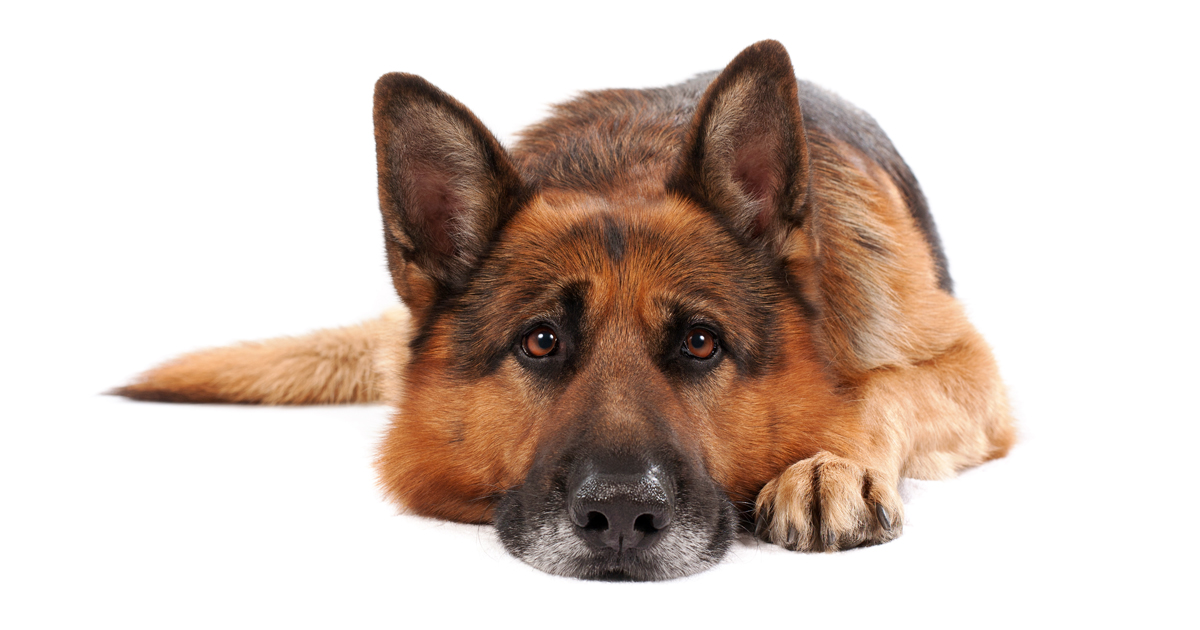Pit bulls, mastiffs and German shepherds are some of the breeds regarded by many as being aggressive and dangerous.
In the same way some dogs are best known for shedding on beloved white furniture or having deep, dreamy puppy dog eyes, these breeds have an established reputation as dogs to be feared and not raised as pets.
Mirror image
A lot of the time, the prophecy is self-fulfilling. Dogs are incredibly intelligent and receptive animals, and unbeknown to a lot of owners, are highly tuned to our actions, expressions and moods – and will often act accordingly.
As pack animals they are programmed to respond to the emotions and vibes given off by others – meaning that if you’re feeling angry or agitated, just your tone of voice or the expression on your face could cause your dog to begin to feel the exact same way. It’s a mirror affect.
Last resort
Most dogs are not inherently violent; aggression is often a last resort in the face of fear, stress or anxiety.
The head vet at the local practice where I’ve volunteered for several years told me the first thing to do when presented with a frustrated owner, and an angry or aggressive dog, is to ask about its home life, not its genetic background.
According to the RSPCA, no evidence suggests one breed is more aggressive than another. However, it’s a much-debated topic and four dog breeds are prohibited in the UK:
- dogo Argentino
- fila Brasileiro
- pit bull terrier
- Japanese tosa
Selected traits
In university, at least, I’ve been taught no dog is born aggressive.
Mankind has been domesticating the canine for somewhere between 20,000 to 40,000 years, which has involved selectively breeding for certain traits, ranging from hair colour to docility. As a result, some breeds are easier to train than others or will react differently to scenarios that are stressful or confusing.
Of course, some breeds are better suited to households with children or to assisting the disabled, but no dog should be entirely defined or judged by its breed.
Socialisation
The argument of nature vs nurture is perhaps very prevalent for this debate.
The first 4 to 14 weeks of a dog’s life will define everything it considers normal – this is known as the “socialisation window”. For example, if, within this time, a puppy has never seen a certain breed of dog, or a large truck, they will find these stimuli stressful and may even behave aggressively around them.
The calmest and most well-behaved dogs are often down to a responsible breeder who took the time to familiarise themselves with many different people, sounds, smells and places, before passing them on to the owner. We’ve been told that, as clinicians, it will be our responsibility to encourage clients to do the same with their puppies before this invaluable time window runs out.
So many factors contribute to the character of a dog besides its breeding. It’s the job of vets to inform all dog owners of these in the hopes these negative stereotypes are, one day, put to rest.

Leave a Reply